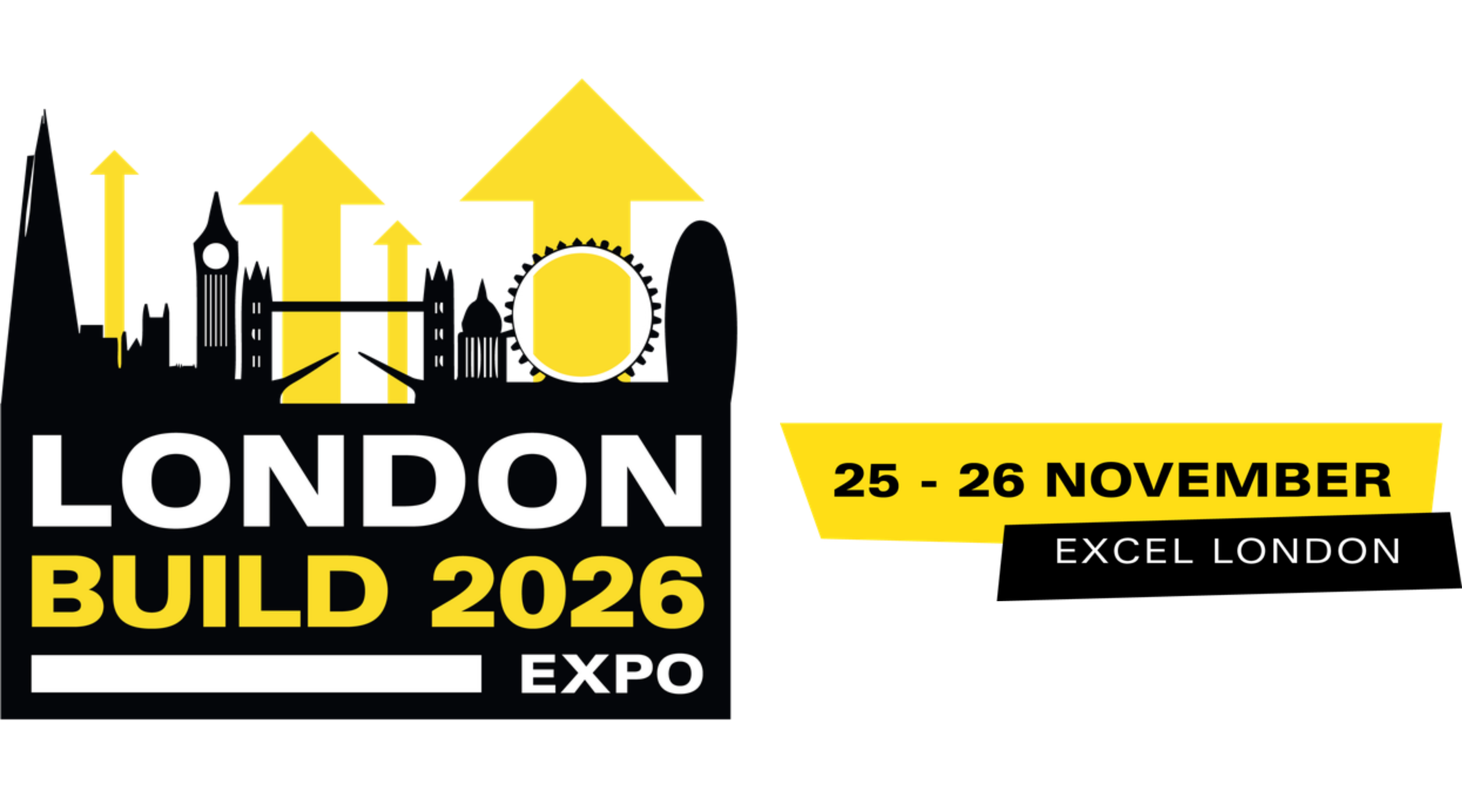Corstorphine & Wright’s Head of Digital Neil Carter Talks About the Digital Transformation of the Built Environment
Corstorphine & Wright’s new Head of Digital, Neil Carter, opens up about his career, his fascination with all things digital and what the digital transformation of the built environment really looks like.
Please tell us a little bit about yourself and your role in the built environment?
I have worked in the field of architecture and construction for over three decades, initially trained as an Architectural Technician before making the transition into computer technology and specifically CAD during its infancy in the late 1980’s.
I always had an interest in technology and knew that big changes would be coming after the 80’s on how we design and construct as an industry. As well as working for large architectural practices, I became involved in software training, project support and the alignment of existing company standards and processes to industry-recognised standards.
As the Government directive for BIM usage approached in 2016 – I was heavily involved in the implementation of BIM and was a contributing author for a book for Bentley Systems for its BIM authoring software: AECOSim Building Designer.
I have held several BIM lead roles, with both public and private sector organisations, and in the Summer of this year I joined Corstorphine & Wright as its Head of Digital.
What would you say is the most exciting thing for you about working in architecture and construction?
Since the implementation of BIM and its mandate in the UK, this has propelled us to change the way we work and interact as an industry. Collaboration has previously existed on a basic level, but since the mandate, how the industry and individuals have embraced this way of working is what excites me – how as an industry we can learn, grow, and evolve so quickly.
We all know technology has irreversibly changed the built environment through the use of advanced digital construction methods and the application of AI, machine learning and robotics for example. Anyone working in the BIM and digital space cannot fail to be excited about what we can achieve through the use and understanding of technology.
What could help improve and encourage greater collaboration across the built environment?
I know it has been said before, but there are still skills gaps from young people leaving education and entering industry. Industry has adopted BIM and embraced technology, the training, knowledge, and education we provide to industry professionals is exceptional. Yet we need to wait until we are employed in industry to get this. From an overall industry perspective, young people equipped with BIM and digital construction skills when leaving academia would be a phenomenal achievement and a giant leap forward for industry-wide digitalisation.
By introducing digital working methods and practices to our young generations now will future-proof construction for the next set of innovators and forward-thinkers to create even further progressive technologies.
What projects are you currently working on and what role is technology playing in this?
When I joined Corstorphine & Wright I was tasked with not only supporting in the digital transformation of clients and their projects, but looking internally at our own digital processes. For some time, as a practice we have been delivering some exceptional BIM-led projects and working to the ISO19650 standard.
However, as I mentioned, technology is an ever evolving entity and there are always new things and new skill sets to learn. To stay at the top of the architecture field in the UK we need to be ahead of the curve.
This is why I am developing a new internal digital strategy to maintain skillsets of digital tools and processes within our team, and set out a learning and development programme for new team members.
We are also investing in an enhanced IT infrastructure to further unite all the studios across the practice to enable a more detailed level of skill sharing and underline our client commitment to provide project deliverables faster, better, and cheaper without compromising quality of design.
What do you think is coming next to support the further digital transformation of the built environment?
Digital transformation is not just one thing, it is a multitude of components which come together to form a greater part to allow the construction industry to collaborate and innovate.
As an industry, here in the UK we have in incredible pool of talent across our people, working with and developing mind-blowing technology that provide the resources to solve any construction problem or challenge.
There is no doubt in my mind that the entire construction industry will continue to embrace digital transformations and technologies and as an architectural practice with a high AJ 100 ranking, we harness the power new digital technology affords us, not just for the benefit of the practice but for our clients and key construction and infrastructure projects.
As for what comes next, greater collaboration. Greater collaboration across the supply chain and the way we communicate – cloud based solutions should become the norm!
Although digital construction is making significant widespread industry change, there is still a necessity for broader adoption across all parties in the supply chain on digital ways of working. Once everyone has bought into what we can do with digital and tech the possibilities of new innovations are endless.
London Build is the UK's leading construction & design show. Gain access to 500+ incredible speakers across 8 stages, 350+ exhibitors, Meet the Buyers, live product demos, networking parties, entertainment, live music, the UK’s biggest Festival of Construction and endless networking opportunities with leading architects, developers, housebuilders, contractors, government and more.

